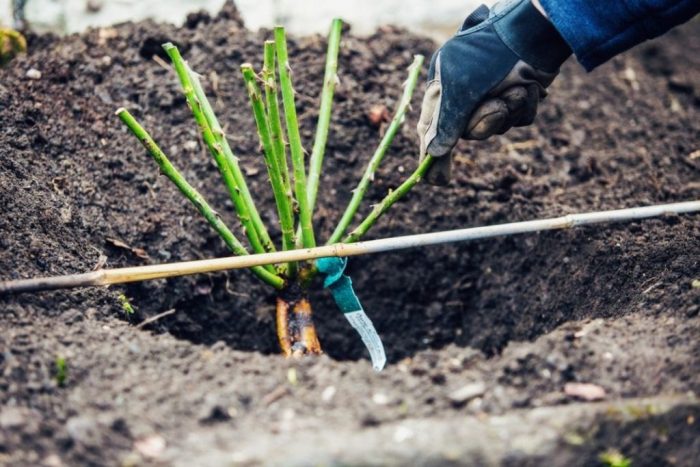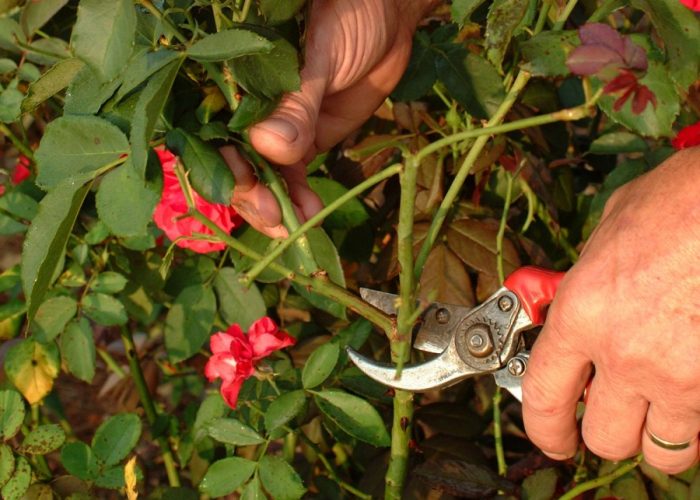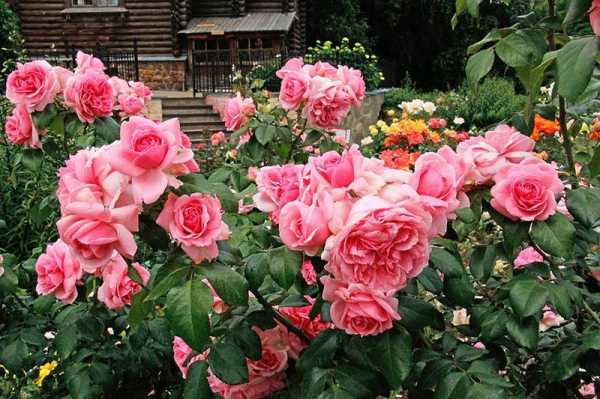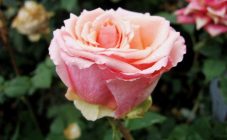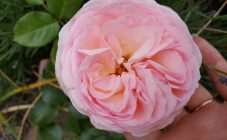Content:
Floribunda rose is a hybrid of musky, polyanthus and hybrid tea. The variety inherited from the polyanthus rose winter hardiness and resistance to diseases and parasites. Unlike the tea hybrid, the rose blooms longer. Readers are interested in how the Floribunda Kimono rose is grown and a description of this plant.
This is a very beautiful plant that grows well in ventilated and sunny areas, looks great in any flower bed. The rose is planted next to many plants; it will go well with roses of other varieties and shades. Rose bushes fit elegantly into a decorative combination.
Description of the rose
Roses Kimono Floribundbut differ in the following characteristics:
- small and even leaves with a beautiful green color;
- the bush is even, its height reaches 95 cm, strong, with a lot of branches;
- hibernates even with minimal cover;
- tolerates rainy and cloudy weather well, while the buds do not deteriorate, they become much brighter;
- buds bloom in large clusters, which contain from 5 to 20 beautiful flowers;
- in one season it is capable of blooming 2 times;
- resistant to frost;
- loves sunny areas (in shaded areas, flowers have a pale shade);
- the color changes from pink to alo-pink (the change occurs, depending on the number of clear days).
Agrotechnics
Rose Kimono requires a special composition of the soil, substrate. In order for the rosette to be beautiful, it is necessary to purchase solutions in advance to combat aphids, ticks, black spot, systematic feeding of the earth with mineral fertilizers.
Landing
It is best to plant the kimono floribunda in a sunny area. The soil should be loamy, sandy, with a neutral pH level. If the soil is acidic, then it needs to be alkalized with lime. The best planting time is autumn. In spring, the plant is planted in April.
There are several ways to plant a rose. In the first method, a hole is dug, a small amount of fertilizer is placed on the bottom. One person holds the plant, the other straightens the roots and covers them with soil.
In the second method of planting a rose, a heteroauxin tablet with sodium humate is dissolved in a bucket of water. Then the solution is poured into the hole. The seedling is dipped in water and covered with soil mixture. In this case, there is no free space between the roots, which has a positive effect on the growth process of the rose.
When planting, it is important to properly prepare the substrate. Plants will grow best in light soil enriched with sand and loam. The soil mixture is prepared correctly if the water is absorbed easily, but does not pass completely into the deepest layer.
Pruning
This plant should be pruned 3 times a year. The first shoot shortening is carried out in the spring. This removes all dead and damaged branches. Up to 5 buds are left on the shoots.
The last pruning is done in the fall. It is not done in the first year.
Watering
Rose Kimono needs timely and abundant watering, especially in summer, when it is not necessary to count on rain. The soil under this plant should always be moist (but not wet).
When watering, it is very important not to hit the leaves with a stream of water. Water should be directed in a thin stream near the roots. If watering in another way is impossible, then water the plant in the evening so that the plant becomes completely dry before nightfall.
In the second half of summer, the amount of watering decreases. In September, the rose is not watered at all. This measure is needed so that the rose does not form new shoots. If you continue to water the bush, then it will form new shoots, which will die with the onset of winter.
Top dressing
During the budding period, the rose is fed with a solution of cow dung. This will encourage more abundant flowering. By the onset of autumn, all types of dressings must be stopped, as the plants enter the winter rest phase.
Shelter for the winter
In cold climates, plants should be covered for the winter. The shelter can be equipped with spruce spruce branches and dense polyethylene. With the arrival of spring, the structure needs to be ventilated.
Reproduction
This rose variety is propagated by cuttings. To do this, perform the following actions:
- lignified shoots are cut off from a bush, up to 0.5 cm above the bud;
- cut cuttings 8 cm long;
- the bottom cut is made at an angle of 45 degrees;
- the thorns from the cuttings are removed completely;
- the sections are treated with preparations containing phytohormones;
- prepare holes for planting a plant with a depth of at least 15 cm and plant cuttings to a depth of about 4 cm;
- the garden bed is covered with polyethylene, then it is aired and watered;
- before each watering, the soil is loosened, a small amount of fertilizer is added to the water.
Cuttings are grown in a planting place for 2 years. In the third year, the grown bushes are planted in a permanent place.
Advantages and disadvantages of rose kimono
This variety has the following advantages:
- looks great on a flower bed;
- gets along well with other plants;
- it is distinguished by abundant flowering and a large number of beautiful flowers;
- blooms almost before the beginning of the cold season;
- tolerates rainy weather well.
Lack of variety – tendency to certain diseases and pests:
- powdery mildew and black spot;
- rust;
- shoot cancer;
- aphids.
Proper care and adherence to the requirements of agricultural technology will help prevent diseases and prevent the development of the disease.

